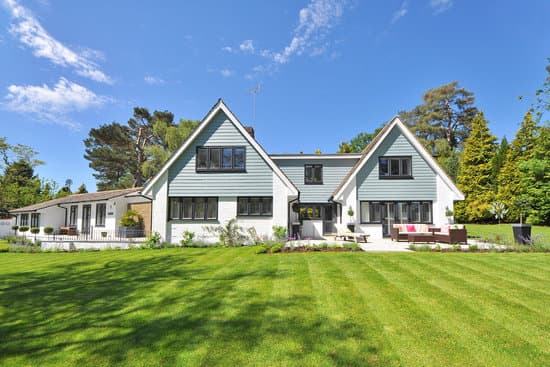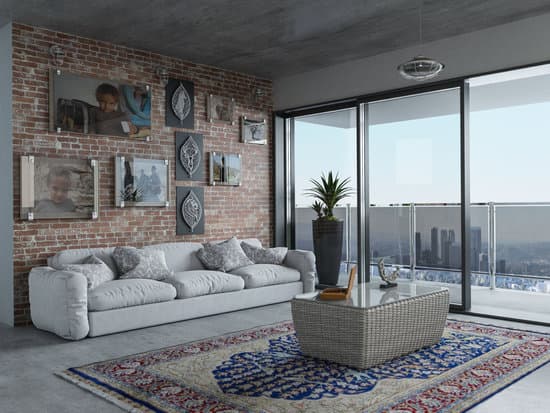Asian-inspired furniture is commonly referred to as Oriental furniture or oriental furniture. This furniture style has its roots in the Asian continent and reflects the unique design and cultural influences of different countries like Japan, China, Korea, and Vietnam. Oriental furniture is characterized by its elegant and minimalist design, use of natural materials like wood and bamboo, and intricate hand-carved details.
Here are some characteristics of Oriental furniture that set it apart and make it so distinctive:
Simplicity: Oriental furniture designs are known for their simplicity. They feature clean lines and a lack of clutter, which helps to create a sense of calm and tranquility in a space.
Natural materials: Most Oriental furniture is made from natural materials like bamboo, wood, and paper. These materials are sustainable, eco-friendly, and in harmony with the natural world.
Handcrafted details: Oriental furniture often features intricate hand-carved details like floral motifs, dragon designs, and calligraphy. These details are a reflection of the skilled craftsmanship that has been passed down through generations of artisans.
Use of space: Oriental furniture tends to be space-efficient and functional. Many pieces like futons, tatami mats, and sliding doors are designed to maximize space and create a sense of openness in a room.
Overall, Oriental furniture is a beautiful and unique furniture style that can elevate any home decor. Its simplicity, use of natural materials, handcrafted details, and space-efficiency make it a popular choice among homeowners who want to create an Asian-inspired ambiance in their homes.





















